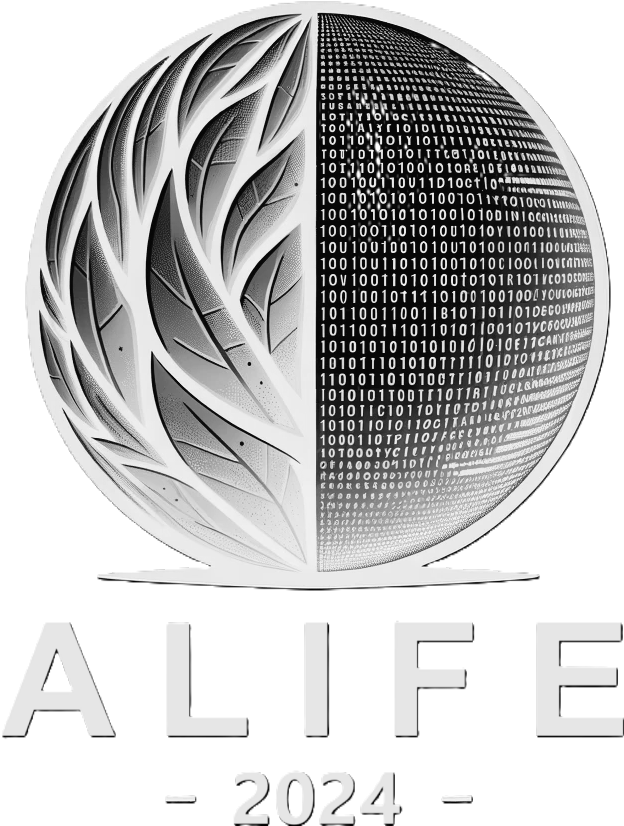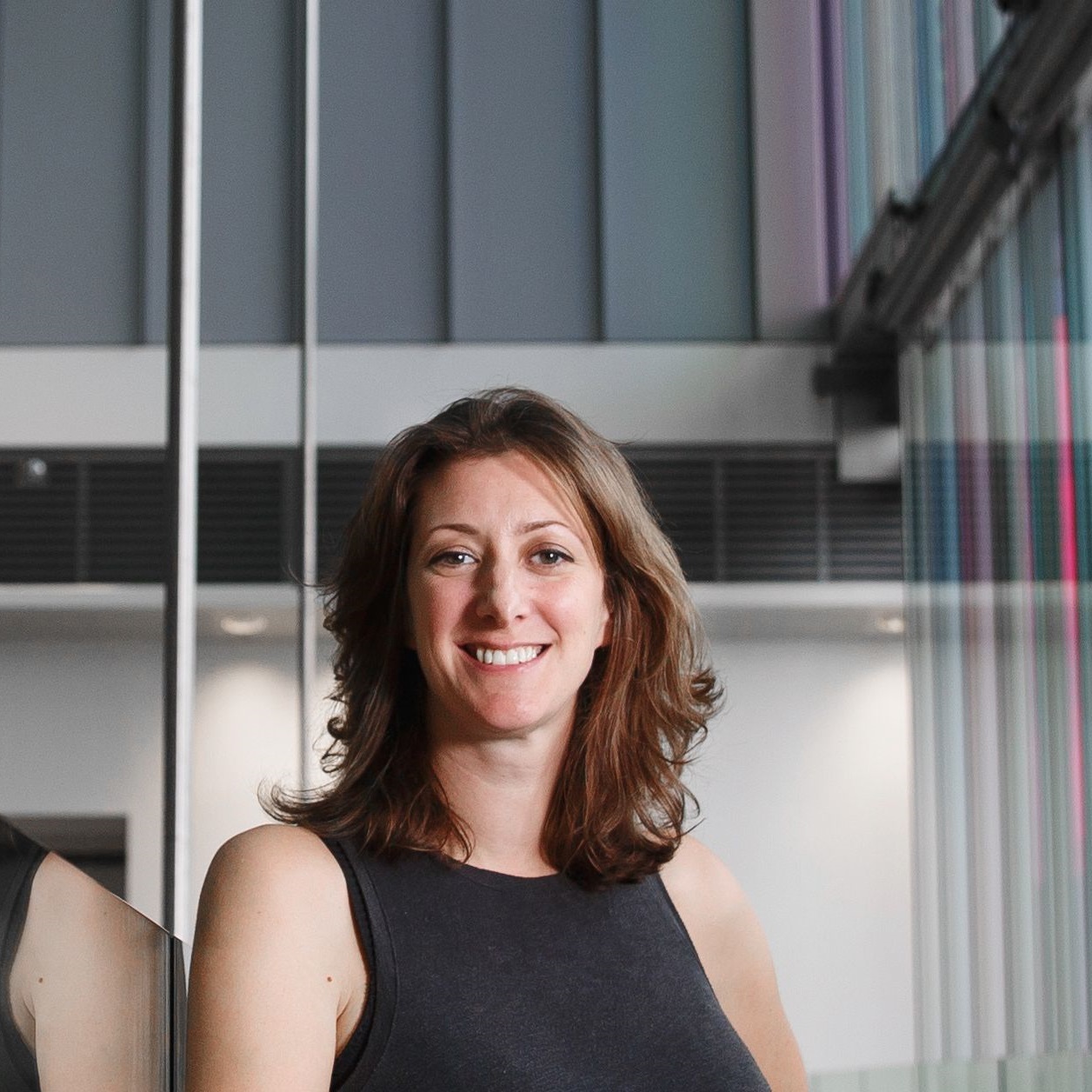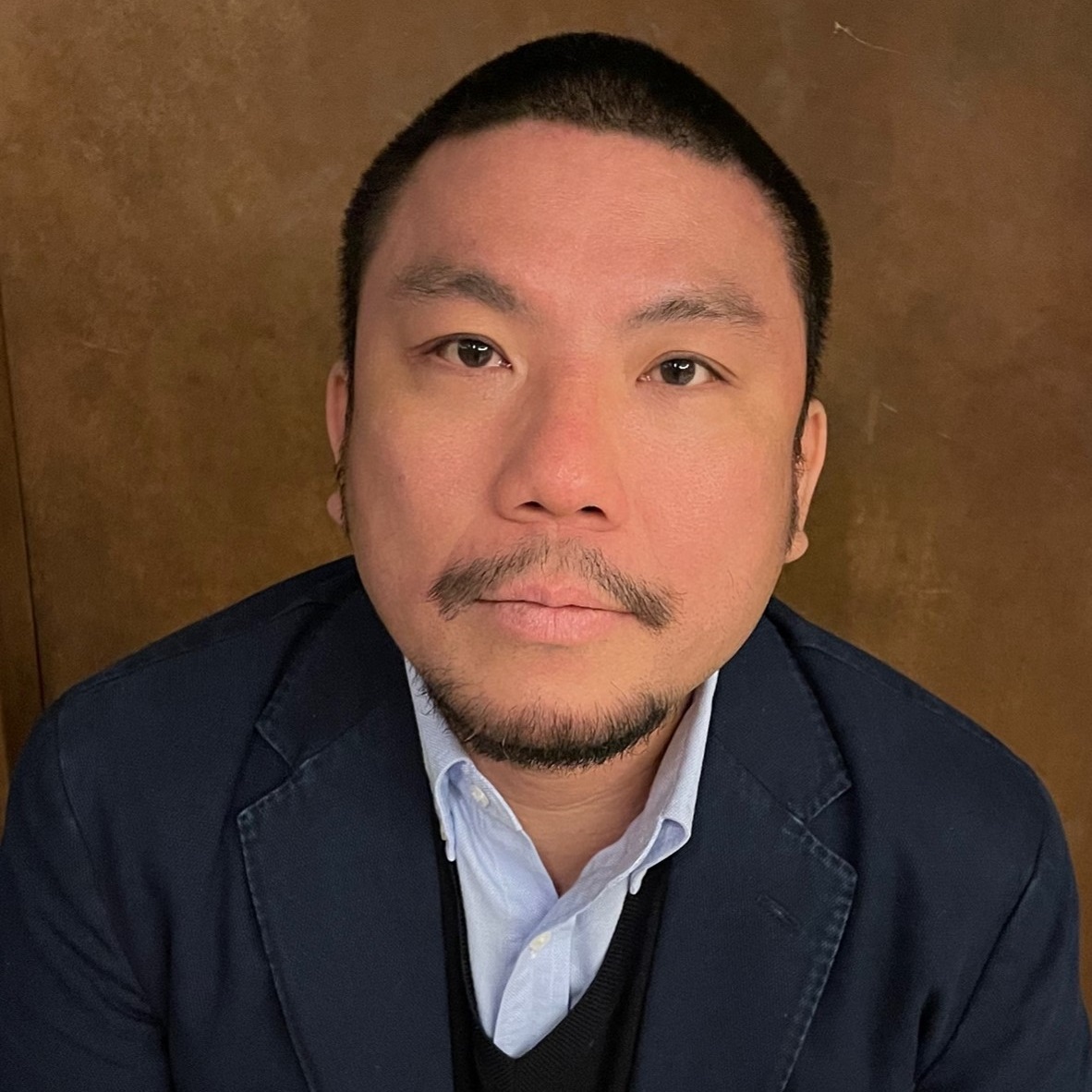
Workshops
Katie Bentley

Bio
Katie Bentley earned a PhD in Computer Science from University College London in 2006 investigating morphological plasticity in biological and robotic systems after gaining an interdisciplinary Masters from the University of Sussex in 2002 in Evolutionary and Adaptive Systems. She was awarded a Cancer Research UK postdoctoral fellowship to develop vascular computational models in Paul Bates Biomolecular Modelling Laboratory at the CRUK London Research Institute (LRI) in 2006. She then moved to Holger Gerhardt's Vascular Biology Laboratory at the LRI in 2009 to learn experimental biology techniques and further integrate, refine and test her predictive computational models. Katie was appointed Assistant Professor of Pathology, Harvard Medical School and became Group Leader of the Computational Biology Laboratory, with both experimental and computational lab space in the Center for Vascular Biology Research, Beth Israel Deaconess Medical Center, Boston USA in 2013. She opened a satellite modelling laboratory at Uppsala University in 2015 to work directly with experimental vascular biology collaborators Lena Claesson-Welsh, Christer Betsholtz, Taija Makinen and Elizabetta Dejana in the Department of Immunology, Genetics and Pathology and a further satellite modelling laboratory at Boston University, in the Biological Design Center in 2017 to work directly with the microfabrication lab of Prof. Chris Chen. She joined the Francis Crick Institute and the informatics Department at King's College London in 2018.
Title: Active Perception in cellular adaptive behaviour
Humans and many other organisms use feedback between movement and sensing known as 'sensorimotor coordination' or 'active perception' to inform better decision-making. We move to improve the quality of what is sensed. Despite cells highly plastic, dynamic and protrusive shapes, the role of embodiment and active perception to drive cellular adaptive behaviours has received little attention. Where local movement (cell shape changes) improve the quality of sensed information via signaling/mechanical receptors to improve cellular decision-making. Perhaps in part due to cell signalling and cell movement largely being studied in isolated biology fields using very different assays.
We are currently developing new in silico and in vitro tools to study the role of movement-signalling coupling (cellular active perception) in cell decisions: 1) spatiotemporal cell simulations to predict ways to systematically de-couple and identify the key interactions driving feedback; 2) information theory metrics, e.g. transfer entropy, to measure the level of coupling and information flow (collaborating with Pedro Mediano, Imperial) and 3) micropatterning in vitro testbeds to validate and measure the level of sensorimotor coupling used by cells to make specific decisions (in collaboration with Chris Chen, BU). We are also collaborating to test the theories in vivo.
Our first proof of concept in silico/in vivo studies indicate that endothelial cells form dynamic protrusions, which confer positive feedback and bistable properties to signaling via sensorimotor feedback, to speed up collective notch patterning decisions, improving vascular network cellularity and branching topology (Zakirov et al Royal Soc PTB 2021). We now have first evidence in vitro that protrusions indeed move receptors such that internal cell activation is enhanced and growing evidence this mechanism is harnessed to improve sensing of both pro- and, counter intuitively anti-migratory signalling pathways.
Altogether our research indicates that cell shape movements may be required for perception of a wide variety of environmental signals, constituting a pervasive cellular “basal cognition” process with much more yet to be discovered on how cells leverage their dynamic embodiment to solve complex collective coordination problems while building and repairing our bodies.
Kate Adamala

Bio
Kate Adamala is a synthetic biologist and an assistant professor of Genetics, Cell Biology and Development at the University of Minnesota. Her work includes contributions to the field of astrobiology, synthetic cell engineering and biocomputing. Her research on prebiotic RNA replication provided an experimental scenario for the RNA world hypothesis of the origin of life. She is a founder and steering group member of the Build-a-Cell Initiative, an international collaboration for creation of synthetic live cells. She is a co-founder of synthetic cell company Synlife. She is an expert in using bottom-up approach to making tools for synthetic biology, building synthetic minimal cell technologies, assembling cell-like structures from biochemical building blocks. Her work focuses on developing and applying tools for readout of mammalian cell states and for control of cellular processes, achieved via combining in vitro biochemistry with live cell protein engineering. Specifically, her interests involve top-down strategy of engineering protein and nucleic acid tools for gene expression quantification and control (including novel single stranded RNA binding protein); and bottom-up approaches based on developing synthetic minimal cell technology (using liposome and cell-free protein synthesis methods) to process chemical signals between mammalian cells and the environment.
Title: Life but not alive - synthetic biological cells
All of current biological research is done on a single sample: we know only one type of modern terrestrial life. By engineering synthetic living systems, we seek to expand that sample size, exploring properties of lineage agnostic organisms. Creating artificial life would allow us to diversify the chassis of biological studies and bioengineering. We could answer the biggest questions about healthy and diseased natural cells, and ask whole new set of questions about the very nature of life. How can non-living components give rise to life? Can we study current biology by reverse-engineering it? What can we build by exploring alternative pathways of evolution? Answers to those big questions will advance our understanding of life, and provide practical solutions revolutionizing medicine and biotechnology.
Related publications
[1] Heili, J. M., et al. "Controlled exchange of protein and nucleic acid signals from and between synthetic minimal cells." Cell Systems 15.1 (2024): 49-62.
[2] Sharon, J. A., et al. "Trumpet is an operating system for simple and robust cell-free biocomputing." Nature communications 14.1 (2023): 2257.
[3] Adamala, K. P., et al. "Present and future of synthetic cell development." Nature Reviews Molecular Cell Biology 25.3 (2024): 162-167.
Juan Perez-Mercader

Bio
Juan Perez-Mercader earned his BA from Universidad de Sevilla and Ph.D. in Physics from the City College of New York. A Profesor de Investigacion in Spain’s National Research Council (CSIC), in 1998 he became the founding director of Spain’s Centro de Astrobiologia in association with the NASA Astrobiology Institute. In 2010 he joined Harvard as a Senior Research Fellow in the Department of Earth and Planetary Sciences and Harvard Origins of Life Initiative. He is also an External Professor at the Santa Fe Institute. He has contributed to many areas of Science, including Quantum Field Theory, Theoretical High Energy Physics, General Relativity, Quantum Gravity, Non-equilibrium Processes, Self-organization, Complexity, Astrobiology and the development of In-situ Instrumentation for Life-Detection outside the Earth. He was the architect of Spain’s contribution to the NASA Mars Program with instrumentation and exploration infrastructure and its participation in the NASA Curiosity Rover (MSL). After joining Harvard his work has focused on understanding the joint role of chemistry and non-equilibrium physics in the emergence of life to generate in the laboratory ex novo fully synthetic and artificial, non-biochemistry based forms of ‘life’. Using abiotic materials and the guidance provided by first principles implemented in theoretical models, his work demonstrates the generation in the laboratory from simpler molecules of fully synthetic, abiotic, emergent out-of-equilibrium micron-scale chemical systems that handle information, metabolize, self-reproduce and evolve. He is also active in the development of autonomous (native) chemical computation, and after inventing a chemical Turing machine is building a chemical computer.
Title: Making Bio-Chemistry Free Artificial Life in a test tube
Living systems on Earth are open complex chemical systems. Using biochemistry in some environment they (i) process information, (ii) metabolize (including making their own parts from simpler components found in their environment), (iii) self-reproduce and (iv) evolve adaptively and non-adaptively. These are unified via biochemistry in the Cell Division Cycle.
Starting with a biochemistry-free aqueous and homogenous blend of several (less than 10, including water) small non-amphiphilic and non-biochemical molecules, some of which function as fuel, and using biochemistry-free Polymerization Induced Self-Assembly (PISA) [1] and [2], we demonstrate experimentally the ex-novo [3] autonomous, photo-chemistry-controlled 1-pot synthesis of amphiphiles which use the fuel molecules available in their medium to self-organize and self-assemble into active functional micelles that grow and evolve into micronsized functional vesicles (i.e., “protocells” or “artificial cells”) that concomitantly exhibit characteristics (i)-(iv) above.
The emergent behaviors of these “protocells” start with a first “boot-up” generation of vesicles (the above) which, for some formulations [3] go through several cycles of growth and collapse accompanied by eventually “squirting” in each cycle parts of their degrading lumens into the medium and, for other formulations [4] they continue their life cycle by “squishing” inside their vesicular membrane and congesting it, a fraction of partly reacted and degraded amphiphilic contents from their lumen that eventually are expelled out from the membrane into their external medium. In both classes of formulations, these events are accompanied by reproduction of the functional vesicles (partly due to molecular degradation in their lumen), chemotaxis, crowding and homeostasis [3], [5]]. Their reproduction via the above not exactly identical partially reacted and degraded amphiphile molecular “spores”released to the medium from the parent protocell, confers heritable variation to the resulting populations.
Driven by carbon chemistry and the chemical and physical dynamics of a growing vesicle and its wall, the time evolution of these protocells parallels the lifecycle of extant biology.
The protocell populations also show “competitive exclusion” at the “species” level, and thus offer a steppingstone towards Darwinian evolution [4]. By combining PISA with high affinity “click chemistry” we also see adaptive behavior at work [5] and the opening of a pathway to chemical evolution. At the top level, these synthetic, and abiotic protocells are the result of carbon chemistry and the physics of self-organization and self-assembly [6]. They embody the physico-chemical “duality” of biology [7].
Our results [8] are a first laboratory realization of synthetic, minimal, autonomous, non-biochemical life, which we identify as examples of “Bernal’s generalized life” [9]. They show that biochemistry is sufficient, but not necessary, to express life with chemistry and materials. They offer experimental and methodological insights into the laboratory creation of artificial life, of new functional materials and of multiple pathways for the prebiotic formation and evolution of precursor protocells en-route to the first living systems on Earth. In the realms of Astrobiology and Exoplanets these results greatly expand our horizons for the potential presence of life in the Universe.
Related publications
[1] Chen, G. et al. (2018) MMRC 40(2). doi:10.1002/marc/201800513
[2] Penfold, N. et al. (2019) ACS Macro Lett 8, 1029–1054 doi:10.1021/acsmacrolett.9b00464
[3] Albertsen, A. (2017) Scientific Reports 7, 41534. doi:10.1038/srep41534
[4] Katla, S. K. (2023) Cell Reports Physical Science. 4, 101359. doi:10.1016/j.xcrp.2023.101359
[5] Pearce et al. (2021) ACS Central Science. doi:10.1021/acscentsci.1c00681
[6] Gould, S. J., “Life on Mars? So what?”, editorial piece in the New York Times, August 11, 1996.
[7] Mayr, E., “This is biology”, Harvard University Press, 1997.
[8] Perez-Mercader, J. (2024) in The First Steps of Life, coordinated by E. di Mauro, ISTE-Wiley doi:10.1002/9781394264155.ch7 [9] Bernal, J. D. (1967) “The Origin of Life”, The World Publishing Company
Kohei Nakajima

Bio
Kohei Nakajima is an Associate Professor in the Graduate School of Information Science and Technology at the University of Tokyo. He received BS, MS, and PhD degrees from the University of Tokyo in 2004, 2006, and 2009, respectively. After obtaining his PhD, he spent five years as a post-doctoral fellow and a JSPS Postdoctoral Fellow for Research Abroad at the University of Zurich and at ETH Zurich in Switzerland. In 2013, he was awarded the title of the Hakubi researcher at Kyoto University, and until 2017, he was an Assistant Professor at the Hakubi Center for Advanced Research at Kyoto University. He was also a JST PRESTO researcher from 2015 to 2019. His books include Reservoir Computing: Theory, Physical Implementations, and Applications (with Ingo Fischer) and The Science of Soft Robots: Design, Materials and Information Processing (with Koichi Suzumori, Kenjiro Fukuda, Ryuma Niiyama). His research interests include nonlinear dynamical systems, information theory, reservoir computing, physical reservoir computing, and soft robotics.
Title: Physicalizing Deep Learning
The field of artificial life has long pursued the fundamental forms underlying biological systems and biological information processing. Along with these goals, the concept of embodiment has always been an important topic to consider when form meets the physical world. Physical deep learning (PDL), which is a framework for implementing deep learning into physical substrates, is an area where embodiment has recently taken a critical role. In this discussion, we review the concept of PDL with a number of examples and clarify its necessity in today’s computational systems. Then, we show that PDL is essentially connected to the concept of physical reservoir computing and introduce a learning scheme based on a gradient-free approach to PDL. Finally, we report our recent approaches to how learning processes can be physicalized into neuromorphic devices and soft robots and discuss their impacts, not only on current technology but also on our way of thinking about systems that have a time-varying nature.
Related publications
[1] Nakajima, K., Hauser, H., Li, T., & Pfeifer, R. (2015). Information processing via physical soft body. Scientific reports, 5(1), 10487.
[2] Nakajima, K. (2020). Physical reservoir computing—an introductory perspective. Japanese Journal of Applied Physics, 59(6), 060501.
[3] Nakajima, K., & Fischer, I. (Eds.). (2021). Reservoir Computing: Theory, Physical Implementations, and Applications. Springer Nature.
[4] Nakajima, M., Inoue, K., Tanaka, K., Kuniyoshi, Y., Hashimoto, T., & Nakajima, K. (2022). Physical deep learning with biologically inspired training method: gradient-free approach for physical hardware. Nature Communications, 13(1), 7847.
[5] Suzumori, K., Fukuda, K., Niiyama, R., & Nakajima, K. (Eds.). (2023). The Science of Soft Robots: Design, Materials and Information Processing. Springer Nature.